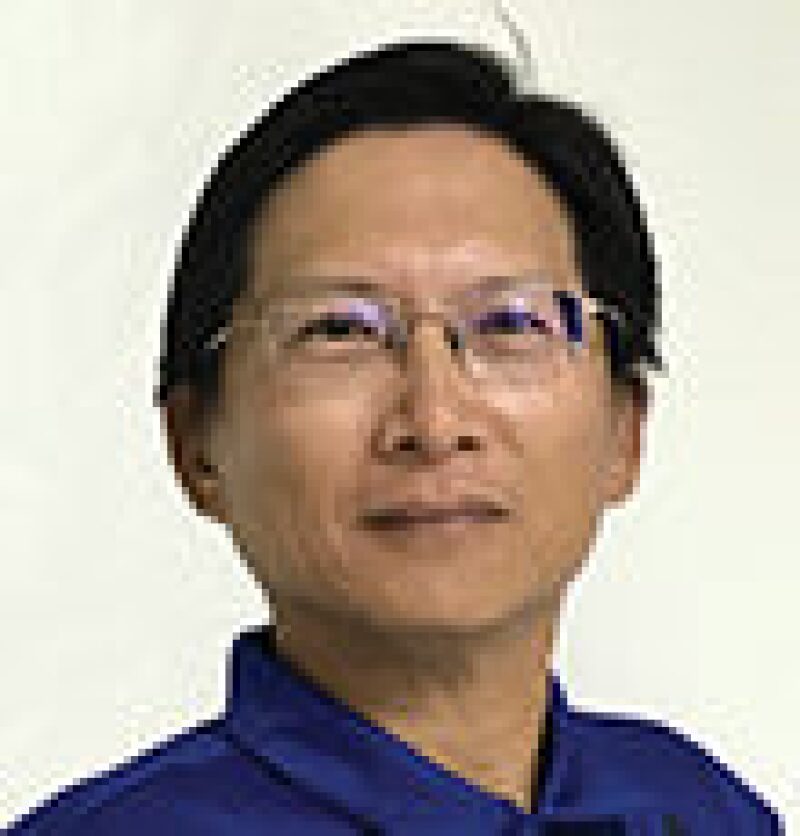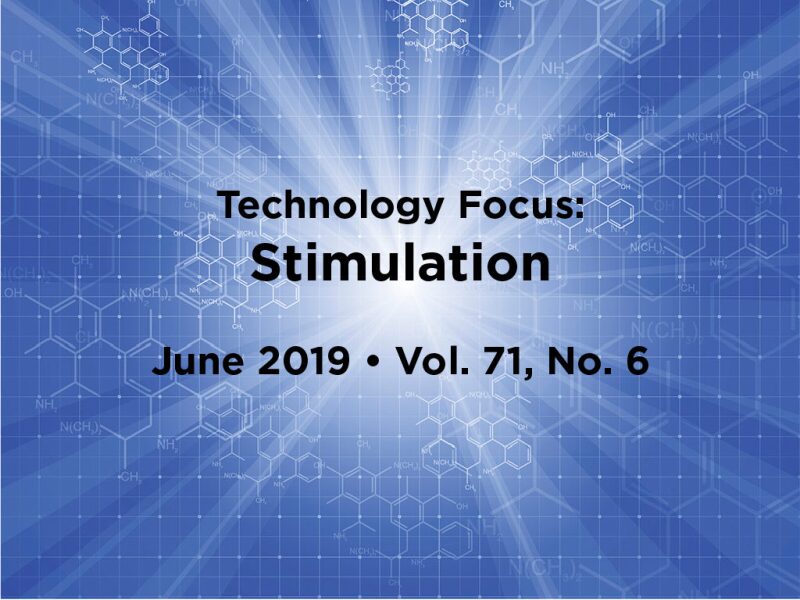The fourth industrial revolution is taking the oil and gas business by storm. Many companies have increased resources for developing and using big-data analytics and machine learning to catch the wind that could bring the fragrance of the new economy. In a conversation with management of a major service company, I learned that the downturn made them want to shift from a position as a capital-intensive stimulation service provider to that of a higher-profit-margin data-service provider. Though no one sees the actual physical oilfield services—such as pumping, measurement, and chemicals—as in decline, technology development in these areas may take a back seat to artificial intelligence. That said, technological innovation is not a privilege exclusive to scientists and high spenders in research and development but is often the work of good engineers. Integrating and applying existing (or even old) technologies to do the things we know how to do better is our operational model in many ways in this low-price environment.
If we do not feed the right data to the machine-learning process, we are not doing justice to the smart machines we build. An example of the right data is downhole pressure, particularly during acid fracturing. We do not know whether we routinely conduct high-rate matrix acidizing or acid fracturing unless we have reliable downhole pressure data. Otherwise, we may dissolve a large rock mass in an undesirable manner and location, failing to optimize stimulation design.
The other technology area to improve in stimulation is the measure of diversion. We have been using particulate diverters for ages. Now, we need such products to function under more-challenging conditions. Instead of diverting from matrix, we want them to divert from fractures. Advanced experimental equipment and testing procedures are necessary to gain better quantitative information to determine what size diverter pill is appropriate to build sufficient pressure for inducing new fractures.
Matrix-stimulation techniques predominantly rely on chemicals to attack the rock and mechanical tools to place the chemicals. The aspect of physics-enhanced chemical reactions has not caught many eyes, though it has been around for a while. Some oil-production increases have been reported after earthquakes. Geophysicists provided plausible reasons, but petroleum engineers only explored such applications superficially. Not every well can be hydraulically fractured nor every rock dissolved by acids. We need all the help we can get in this kind of situation. Combining acoustic waves with chemicals for stimulation definitely should be studied more. It is encouraging to see people persevere in pursuing continuous improvements in stimulation technologies by going back to the shelf.
This Month's Technical Papers
Real-Time Formation-Face-Pressure Analysis Improves Acid‑Fracturing Operations
Seismic and Seismochemical Stimulation Increases Well Injectivity and Productivity
Chemical-Diversion Agents Can Aid Acid Fracturing in Openhole Horizontal Wells
Recommended Additional Reading
SPE 191981 Introduction of Real-Time Flow Measurements Opens New Paths To Overcome Challenges Encountered During the Acid Stimulation of Extended-Reach Wells by Laurie Duthie, Saudi Aramco, et al.
SPE 192069 Development and Application of Key Equipment of CO2 Waterless Fracturing by Lichen Zheng, PetroChina, et al.
SPE 193723 Effective Matrix Acidizing Based in Chelating Agents: A Case Study in Romanian Heavy-Oil Reservoirs by Emil Panait, OMV Petrom, et al.

| Frank Chang, SPE, is a petroleum engineering consultant in production technology with Saudi Aramco, which he joined in 2012. He manages a portfolio of projects focused on developing new technologies in hydraulic fracturing, carbonate stimulation, formation-damage removal, corrosion and scale mitigation, and sand control. Chang started his career with Stimlab in 1992 after earning a PhD degree in petroleum engineering from the University of Oklahoma. He joined Schlumberger in 1996. Chang progressed from development engineer to engineering adviser during his 16-year tenure at Schlumberger, where he was involved in development of several new products and technologies in sand control, fracturing, acidizing, and perforating. He is an author of the SPE acidizing monograph published in 2016. He holds 28 patents, is an author of more than 50 technical papers, and was named an SPE “A Peer Apart” honoree in 2015. Chang serves as executive editor of the SPE Production & Operations journal and is a member of the JPT Editorial Committee. He can be reached at fakuen.chang@aramco.com. |


